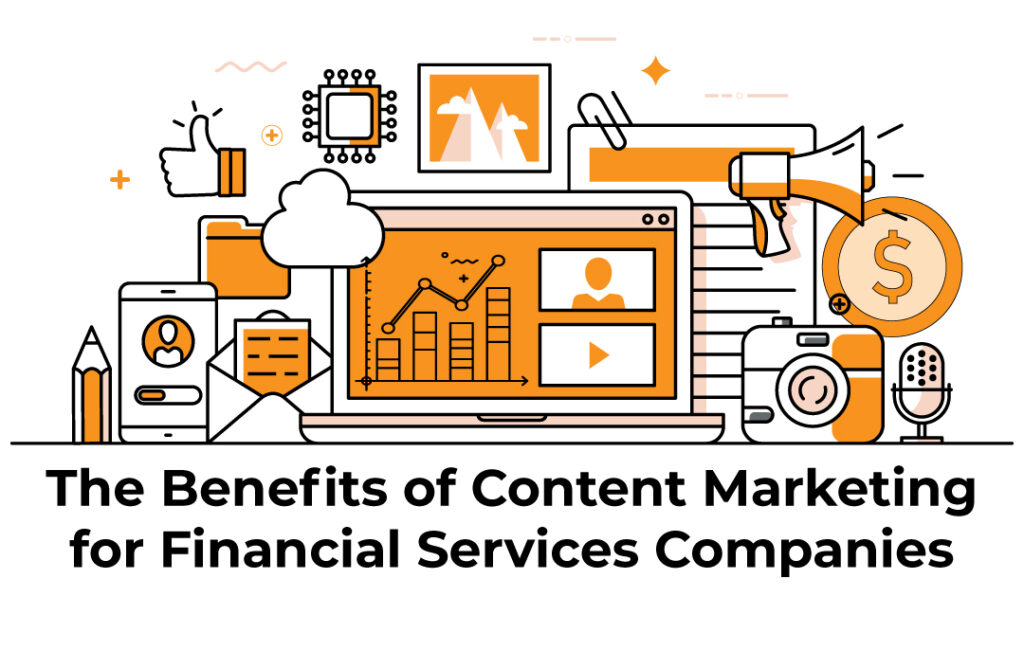There are eight main components of brand management and building value. Here’s what you need to do in order to keep your branding consistent and strong as your business grows.
1. Content & creative
You must develop content and creative assets without boundaries. Two things, really. You must:
- Build an overall messaging framework that unites your brand as a whole
- Build content tailored specifically to the channel and function it’ will serve. (Not all channels communicate in the same way and maximizing customization can drive a better ROI.)
2. Digital & multi-media
There has to be a focus on digital and multimedia assets. These need to work together for both their specific audience and channel(s).
With so many channels available and the content torrent never-ending, it can be hard to know which tool or media channel is best for your business. Enriched media like audio, video and images continue to have the best return on investment. Because of their importance, it’s critical to outline how they’re used by your brand for consistency and management.
3. Social & reputation management
Another piece of your digital puzzle is reputation management on social media. Social media is one of the only channels that truly is a two-way conversation. Customers can message, tweet or comment at you and you can engage in conversation.
With that type of two-way communication comes a lot of responsibility. To manage engagement, you need to develop a strategy to encourage discussion (e.g. listing your business on directories/review sites) and then implement it in order to handle positive and negative feedback.
4. CRM & loyalty
Once you are deploying assets, you should step back and look holistically at the customer experience. That’s where CRM and loyalty come in. Using software like Salesforce and Pardot or Hubspot CRM and Hubspot Marketing Hub, you can track your customers throughout the customer journey and serve them the right experience at the right time. These types of tools can help you deepen engagement over time to fuel and track customer loyalty and identify key behavior to reward.
5. Top-of-mind awareness
If you’re doing everything to keep your brand engaged and powering ahead, you’re probably already seeing top-of-mind awareness as a result.
But there’s always more you can do. Keeping your brand in front of your audience means developing in banner ads, impression-based buying, events, co-branding content and more. You need to develop a dedicated top-of-mind marketing strategy, complete with tactical objectives and strategic goals to drive ROI.
6. Point-of-purchase (POP)
Bringing your POP brand materials into the 21st century can feel both intimidating and expensive. But it’s something that needs to be done.
Not only can an improved POP environment drive more sales, but it’s also an opportunity to create customized, tailored experiences and streamline back-end processes. Additionally, it can reduce future marketing costs by transitioning to digital-only assets. The sooner this happens, the better off your brand will be as it gets exponentially easier to keep assets consistent with the latest strategic goals.
7. LSM + compliance
A big part of a brand’s value is its consistency across multiple locations. But this is also one of the most challenging for franchises to achieve. Local store marketing, or LSM and securing compliance with brand standards is an often-overlooked part of a brand management strategy.
Businesses need to optimize LSM & compliance systems so that all stores create the same experience but also leverage their local advantage to drive more marketing and sales.
8. Measure + report
The objective behind measuring results and analyzing reports is twofold:
- Ensure that revenue objectives are being met
- Identify what’s working within your brand and what isn’t
This opens the door to testing, iteration, optimization and a better brand experience.
Wrap up
Managing a brand across multiple channels and locations can be a real challenge. But it’s not impossible. By creating a creative framework,channel-specific content and multimedia, deploying that content within a well-managed online environment and tracking that via CRM or loyalty software, you can build a superb online experience. Then, it’s just a matter of fuelling awareness, carrying that experience through to POP and ensuring it’s consistent across all locations (clear brand guidelines and compliance expectations).
Ready to take the next step in managing your brand? We’d love to help! Contact us today.






